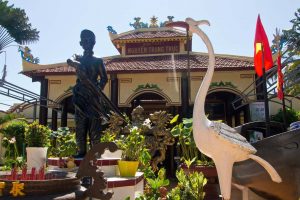Duong Dong Market
Duong Dong Market is Phu Quoc Island’s busiest and largest outdoor market, where travellers can experience the local lifestyle and purchase a wide range of fresh produce during their holiday. Set along Tran Phu Street, Duong Dong Market features a wet zone that’s set close to Duong Dong Port, where you can see throngs of fishing boats drop off freshly-caught seafood such as eel, squid, mackerel, barracuda, and shellfish, to be sold by local vendors.
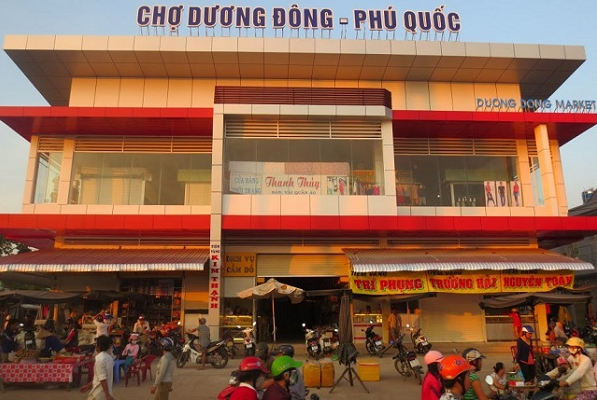
Phu Quoc Island is also renowned for its fish sauce, mushrooms, peppers and cashew nuts. We highly recommend making your way to the dry section to pick up a few as souvenirs for loved ones back home. Thanks to its growing popularity among tourists, there’s also a few stalls selling handicrafts and t-shirts, though most carry the same stock.
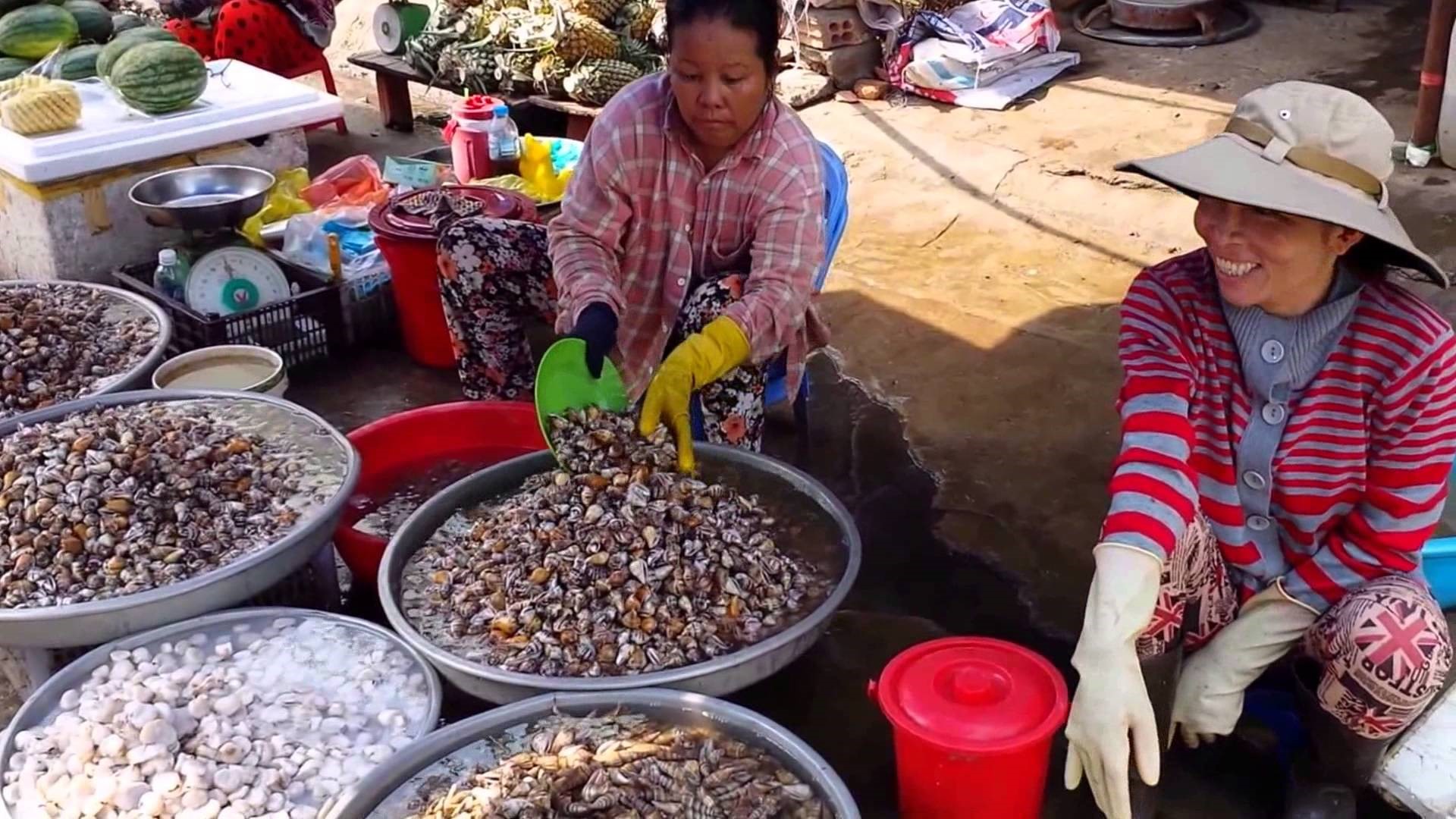
Like most Asian markets, Duong Dong Market also houses plenty of food stalls serving fruit juices and Vietnamese cuisine at relatively low prices. Must-tries include banh tet (Vietnamese Cylindrical Sticky Rice Cake), echinus porridge, and raw herring salad. The best time to visit is in the early morning, where you can see the locals bargaining hard for household items, fresh and dried seafood, meats, sweets and fruit from mainland Vietnam.
White sand experience of Sao beach
Far about 25km from Duong Dong Town, Sao Beach is situated in An Thoi Town, Phu Quoc island district, Kien Giang province, Vietnam. This is one of the most beautiful beaches in Phu Quoc Island with smooth white sand crescent-shaped which is limited by rocky headlands protruding into the sea. Setting foot on Bai Sao Beach, tourists will find ecstatic with the unspoiled beauty of the beach along with white sand stretching, quiet clear blue sea water all year round. This is a great rendezvous to relax attracting tourists to Phu Quoc travel. Sao Beach indeed brings pristine and innocent beauty of a pubertal girl making up on the dressing table.
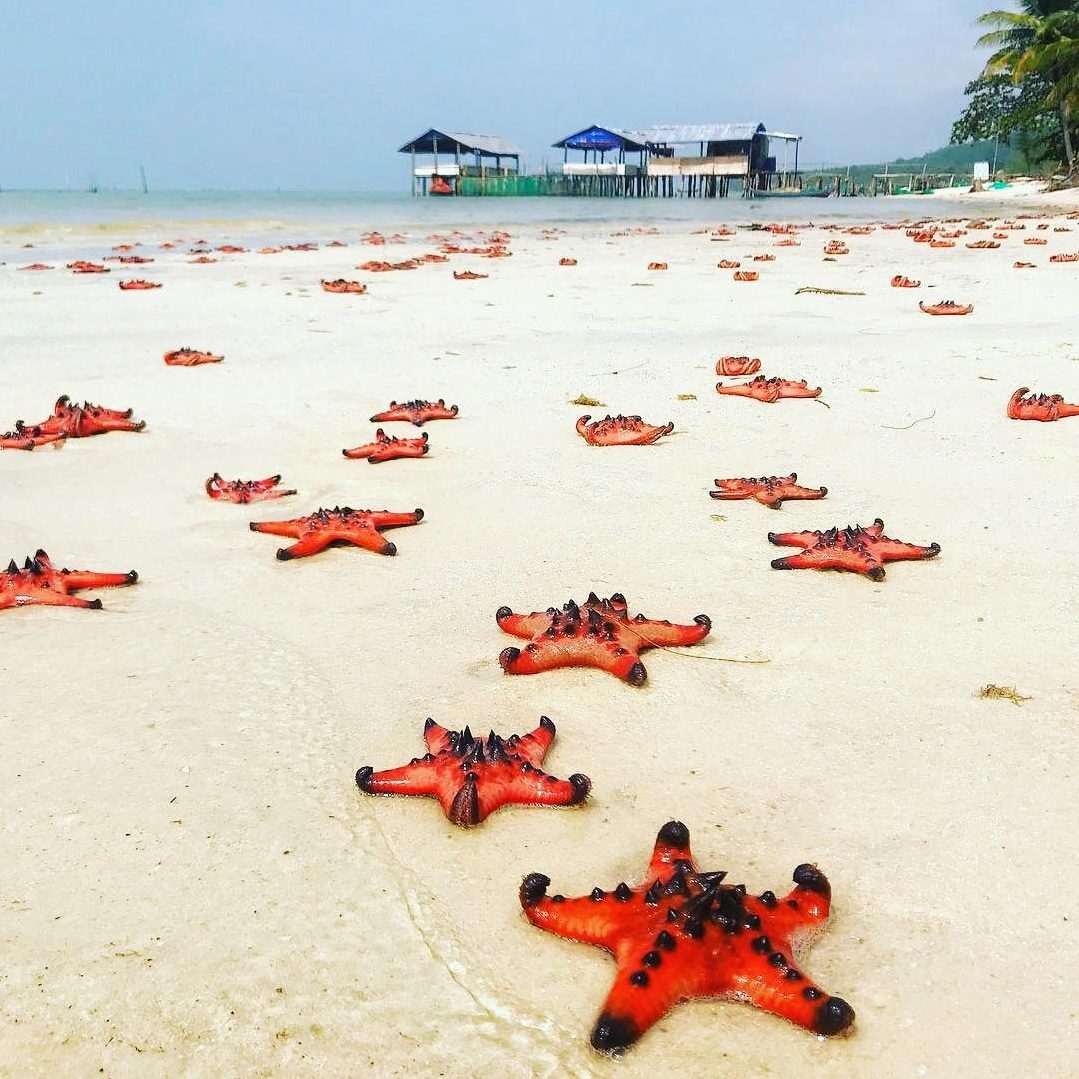
Not the frostbitten cold in the North, Phu Quoc pearl Island warmly welcomes tourists with blue sea, white sand and gold sun. Going to Phu Quoc Island, tourists will have a chance to discover beautiful beaches scattering around the island, such as Truong (Long) Beach, Kem Beach, Ghenh Dau… In particular, arc-shaped sandy beaches stretching as diamonds sparkling under the sunshine, the graceful canopy of coconut reflecting in emerald green sea water… bring the picturesque beauty to Sao Beach. Sao Beach deserves as one of the most appealing attractions in Phu Quoc. According to the locals here, the reason why the beach called “Bai Sao Beach” is that there are tens of thousands of starfishes moving into the shores as well as under the water surface every night when the dusk falls. Discovering Sao Beach is one of the memorable things to do in Phu Quoc.
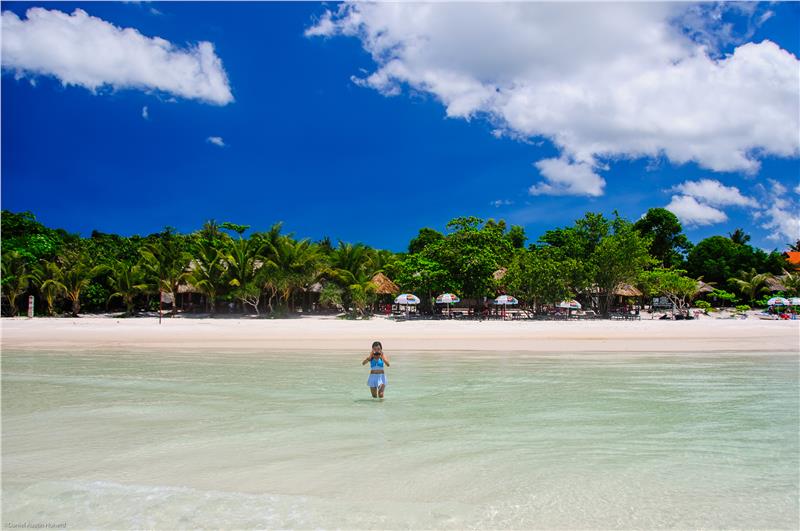
Sao Beach is one of the most beautiful Phu Quoc beaches with sparkling white sand shores. Here, tourists will have an opportunity to immerse in the fresh air from the cool breeze blowing from the sea. Beaches in Phu Quoc with the blue waters definitely bring moments of relaxation and tranquility for tourists. Sao Beach is probably a tourist site the couples or the families loving private and tranquil space choose to rest and relax.
Ham Ninh Fishing Village
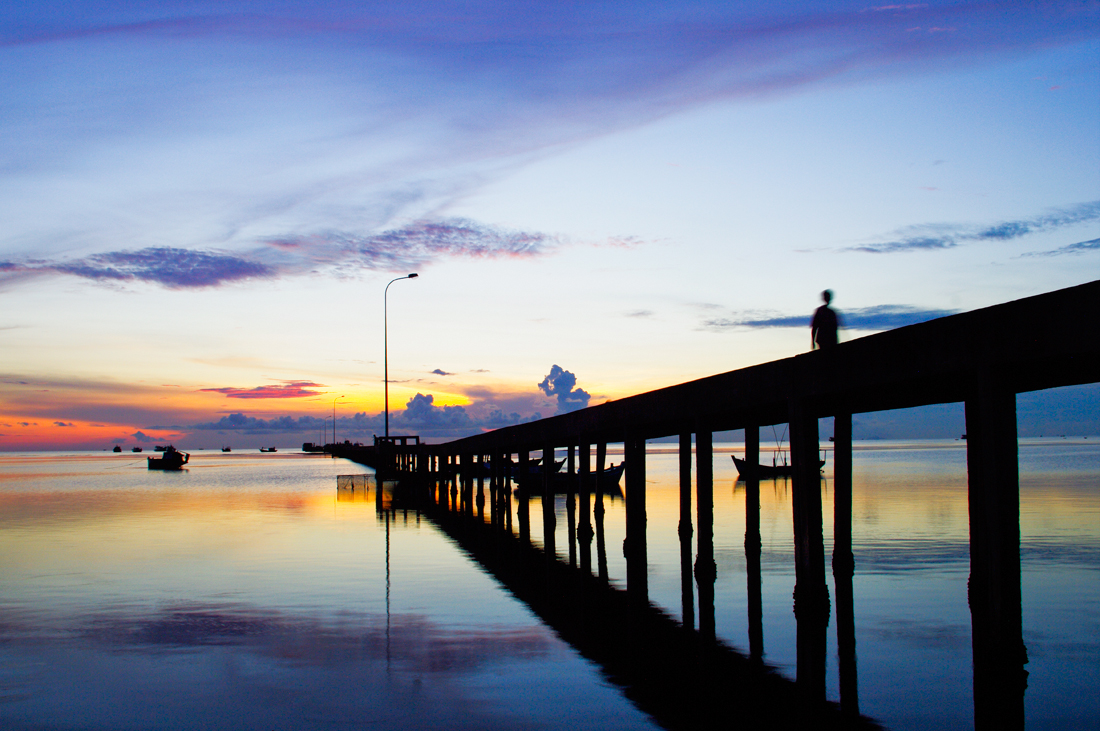
Ham Ninh Fishing Village is one of the oldest fishing villages in Vietnam. This village is famous for wonderful beaches and delicious culinary. Though Phu Quoc tourism is developing rapidly, the village remains its rustic and untouched beauty.
From the center of Duong Dong Town, less than 20km to the northeast, you will come to Ham Ninh Commune which is famous for Ham Ninh Fishing Village, Bai Vong Port, and beautiful and peaceful beaches. In the past, fishermen came here and founded this fishing village. Ham Ninh is a quiet and safe berth for boats when fishing in Duong Dong sea area. Boats from the mainland often dock here to transport goods and deliver seafood. Ham Ninh sea area is still shallow. When low tides, they make vast sandy beaches running to the headlines, while high tides, floods come to the edge of the forest. The first impression when coming here is admiring Ham Ninh Mountain of about 300m. Stone by stone creates a harmonic scene between majestic mountains and vast blue sky and sea of Phu Quoc.
Ham Ninh Fishing Village is located on the eastern coast of Phu Quoc Island, behind mountains and facing immense sea. Standing on the beach of Ham Ninh, looking far away, you can see Pirate Island, Nghe Islet in the southeast shimmering in blue seawater, and Ong Doi Headland in the south – the last headland of this island. Ham Ninh Fishing Village is an attraction in Phu Quoc. Its existence associated with the pearl island is an inseparable part. The formation of Ham Ninh Fishing Village is not thoroughly known. It is clear that the fishing village is hundreds of years old. There is no exact information about how the fishing village was formed, but the shift in administrative management. Time passes; no one asks too many questions about it.
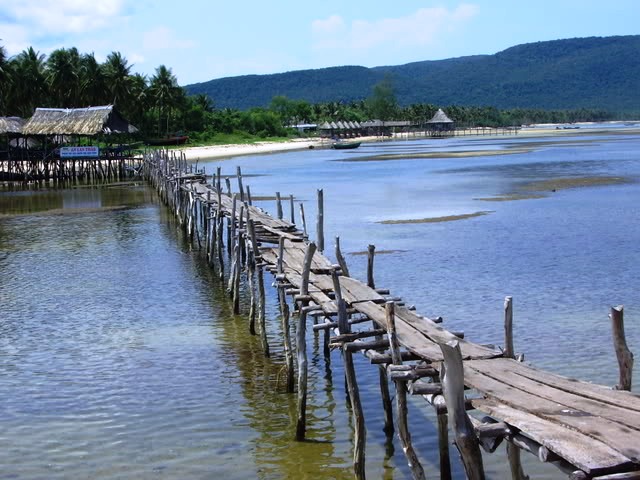
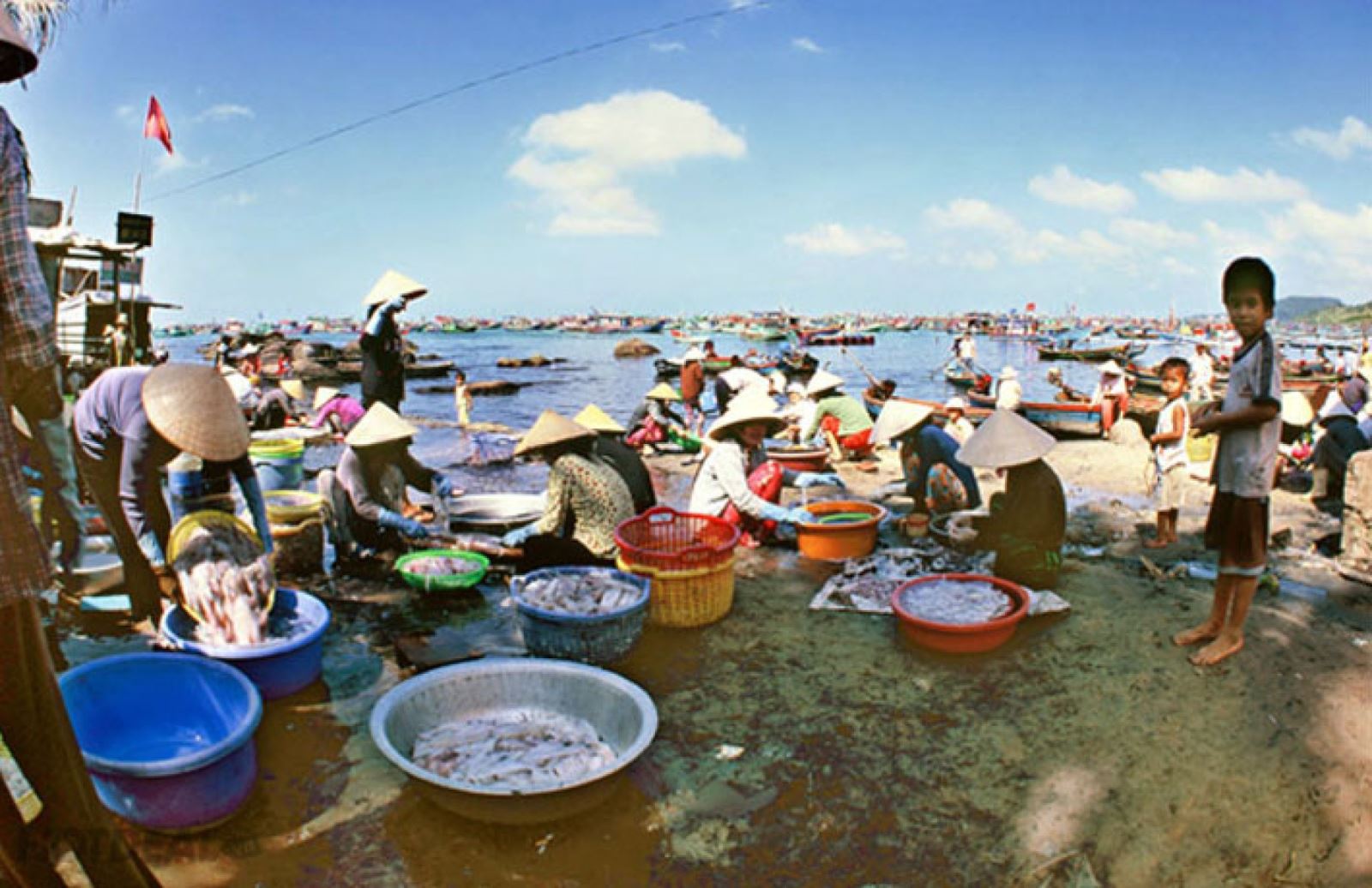
Ham Ninh Fishing Village leaves the best impression about its famous landscape and casual people with bright vivid sunrise, and romantic picturesque sunset. Located in the east of the Phu Quoc Island, Ham Ninh Fishing Village has sufficient scenery with high mountains, lush green jungles, and wide blue sea. In addition to beautiful landscapes, the Phu Quoc attraction is also known as a traditional village with the hereditary custom of fishing remaining unchanged over years, so Ham Ninh does not lack fresh seafood all year round, especially crab. Not only famous for landscapes and people, Ham Ninh Fishing Village is also seen as one of abundant sources providing cheap seafood in Phu Quoc, especially fresh crab. Almost tourists are eager to enjoy once visiting this island. Time passes, but scenery Ham Ninh Fishing Village is intact, and local life here does not seem to change much. When surrounding areas become crowded by the influence of modern life, the fishing village is still rustic simple in the harmony with nature itself.
Fairy Stream
Fairy Stream is an ideal place for tourists who would like to immerse in the wild nature. Tourists going to Fairy Stream will certainly have the opportunity to enjoy the tranquility, the fresh air and forget chaos and worries of the urban life as well.
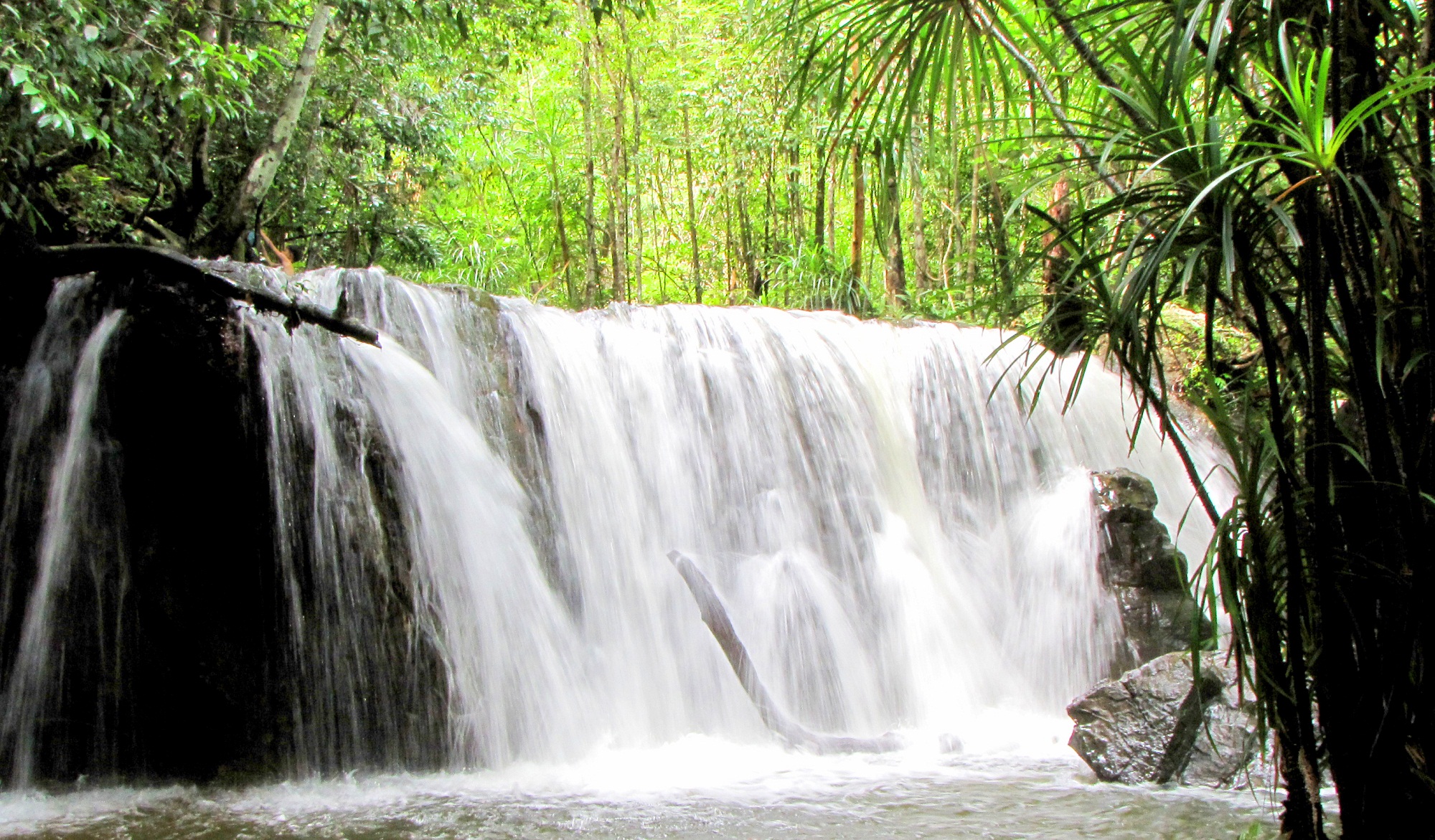
About 5km from Duong Dong Town to Suoi Da village through red road, tourists will set foot on Fairy Spring. From upstream, the stream flows over 1km long through the large number of slits of the mountains, the vast forests and the craggy cliffs. Fairy Spring looks like the streams of the girls’ hair soft and shiny flying in the wind. In the green background of spectacular mountains along with the fresh space, the stream over time beautifies a bright color making the natural picture become charming when the sun up and then become tranquil when the sunset falls down. Fairy Spring is worth to become one of the unique tourist attractions in Phu Quoc alluring the great number of both domestic and international tourists.
Phu Quoc Island has long been regarded as a miniature Vietnam including seas, mountains, rivers, caves, springs, plains and forests. Phu Quoc is also home to airport, train stations, amusement parks and the great number of other well-known resorts. Along with the blue sea water and white sandy shores, tourists participating in Phu Quoc travel can visit numerous beautiful streams in Phu Quoc, namely Da Ban Stream, Da Ngon Stream, Tranh Stream… Yet the most romantic and untouched Phu Quoc streams is Fairy Spring. Fairy Stream crepting among rocky mountains forming small waterfalls and a fairly wide lake will be surely satisfy any tourists setting foot on here. It gradually becomes one of the appealing Phu Quoc attractions attracting numerous tourists.
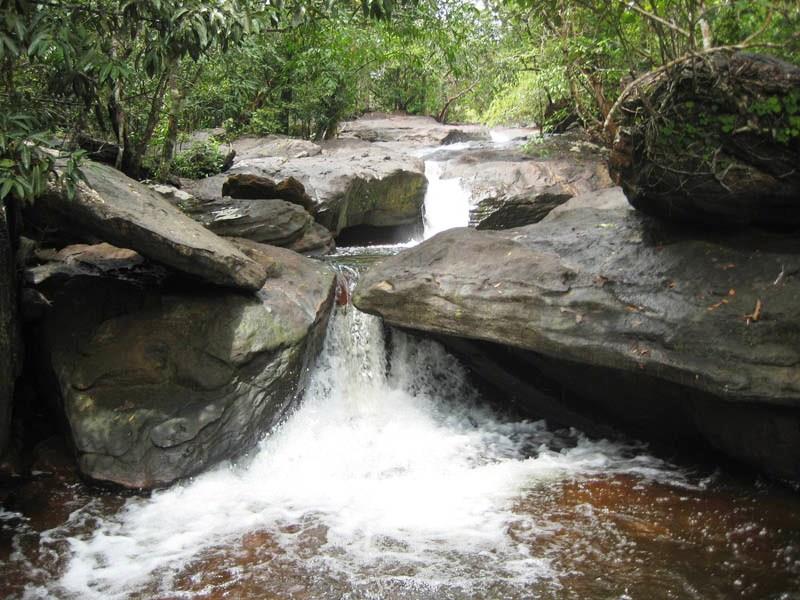
Moreover, the scenery here is extremely attractive, which is winding primitive forest that tourists actually will be overwhelmed by the spectacular natural landscapes. Following the winding roads, tourists will set foot on Fairy Stream center. Here, tourists find it easy to catch the stream rushing over large boulders as at Da Ban Stream, then crepting through the rocks beneath, which creates extremely spectacular and eye-catching scenery. The space in Fairy Spring looks like a masterpiece of the Creator that is the convergence of charming mountain and water. Tourists will have a chance to admire the natural landscapes here and hold picnic on the rocks in the stream. The water in the stream is fairly cool and fresh, tourists thus often dip and lean their back on the large stone for massaging to relax; simultaneously, enjoy the fragrance of flowers surroundings. Discovering Fairly Stream is definitely one of the most unforgettable things to do in Phu Quoc.
Phu Quoc National Park
Located in the tropics influenced by oceanic climate, Phu Quoc National Park retains favorable climatic conditions with the diverse ecosystems and abundant vegetation. It is one of the most appealing attractions in Phu Quoc alluring numerous tourists.
The National Park was established on 8th June 2001 after being transferred from the North Phu Quoc Island natural conservation area into Phu Quoc National Park which covers the area of natural conservation zone of the North Island, Ham Rong Mountain, Ganh Dau and Cua Can. Its administrative boundary belongs to 3 communes, namely Ganh Dau, Bai Thom (Thom Beach), Cua Cua and a part of Cua Duong commune, Ham Ninh commune, Duong To commune and Duong Dong Town. The pristine flora and fauna of the National Park, the sparkling romantic ocean scenery and peaceful natural landscapes has brought National Park to become one of the most impressive tourist attractions in Phu Quoc.
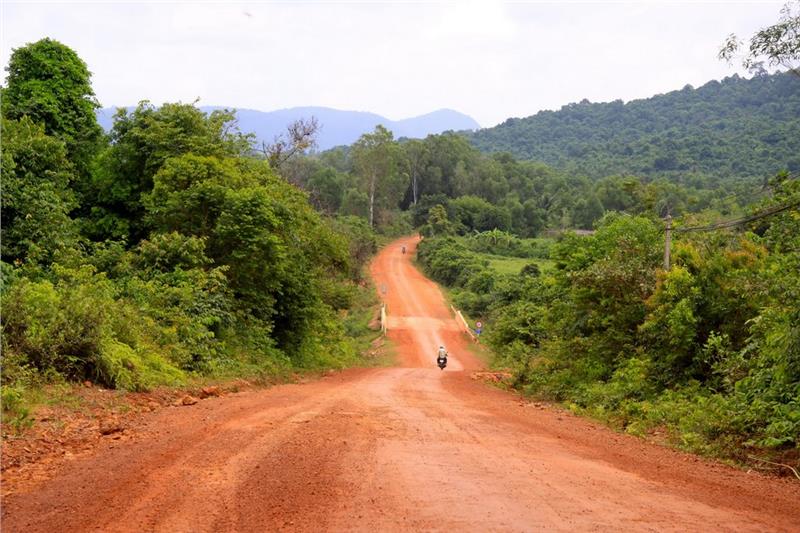
Apart from the attraction of Phu Quoc Beach with the sunset scene when the sun goes down to the ocean, the warmly blue waters, National Park also allures tourists with the discovery to the end. The National Park covers a natural area of over 32,000 hectares accounting for 70% of the island area and is planned into 3 zones: the strictly protected area of 8,786 ha, ecological restoration area of 22,603 ha and administrative, service and scientific research areas of 33 ha. In addition, there are approximately 20,000 ha of marine buffer zone with numerous rare and precious ecosystems such as dipterocarp forest of large timber trees, mangrove forests, orchid forests scattered with cogon meadows, primary and secondary forests along with the large number of picturesque beaches, namely Long Beach, Bai Sao Beach, Can Beach, Vung Bau Beach… where tourists can delightfully immerse in beaches or climb into the forests to observe the lives of wild animals. These are the first impressions when tourists participate in Phu Quoc travel to the wonderful National Park.
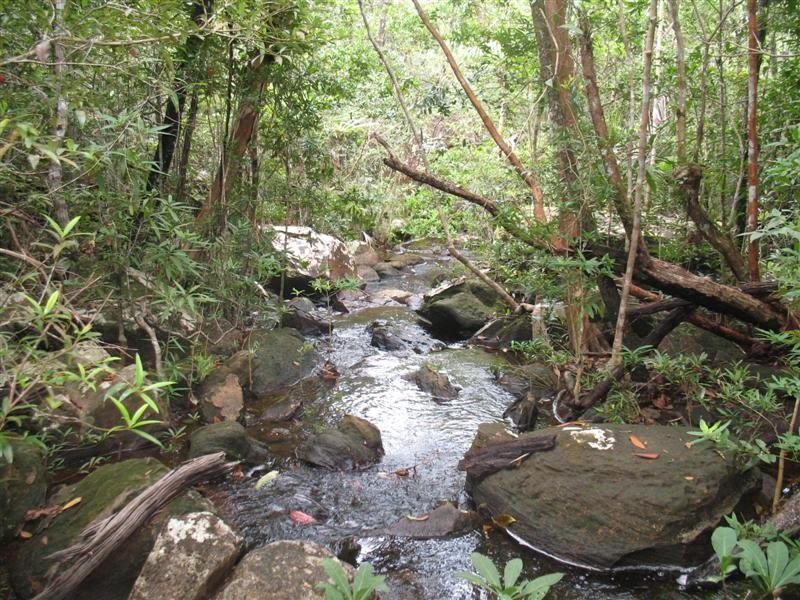
Phu Quoc Prison
Phu Quoc Prison, aka the Coconut Tree Prison, is the place of detaining political prisoners and people who fought against the French and American. This prison hides in itself a doom period of Vietnamese prisoners.
Phu Quoc Prison is a prison jailing communists in the An Thoi Town, in the south of Phu Quoc Island. In the period of Indochina War, the prison was also commonly known as the Coconut Tree Prison. This is the central prison of the Republic of Vietnam. Once, it detained more than 32,000 prisoners (40,000 prisoners including political prisoners for many periods). During the period of resistance wars against the French and American, hundreds of prisoners were jailed and tortured brutally and barbarically.
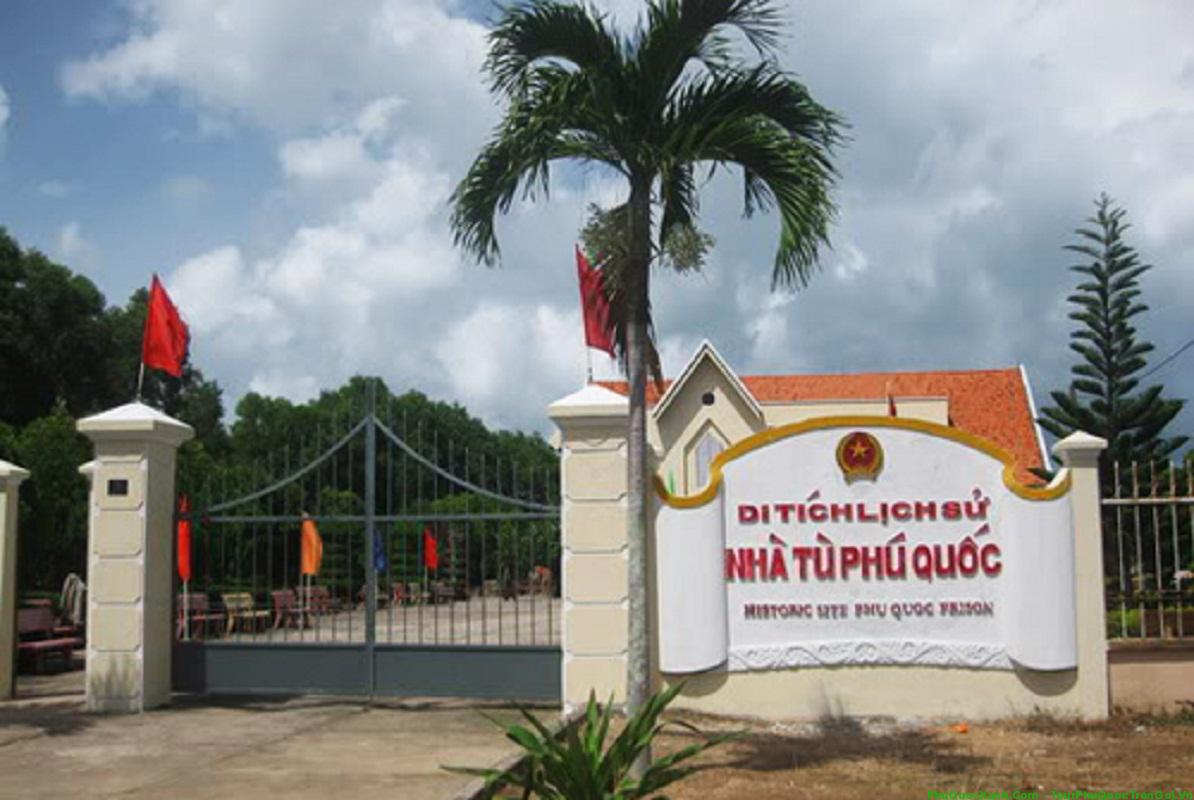
This prison was built in the French colonial period, in Coconut Tree Village, so they called the prison Coconut Tree Prison. In the period of the Republic of Vietnam, this prison was expanded to become the largest contemporary prison with names as Phu Quoc Prisoners Of War Camp (Phu Quoc POW Camp), or Phu Quoc Communist Prisoners Camp.
The historical site today is located in the main area of the old jail in which there is a two-storey house of artifacts and an outdoor exhibition area of original artifacts. The Coconut Tree Prison was recognized as a national historical site in 1995, since then, this site is open for visitors. The prison is mentioned a lots in Vietnamese literature through the history book written by Chu Lai.


